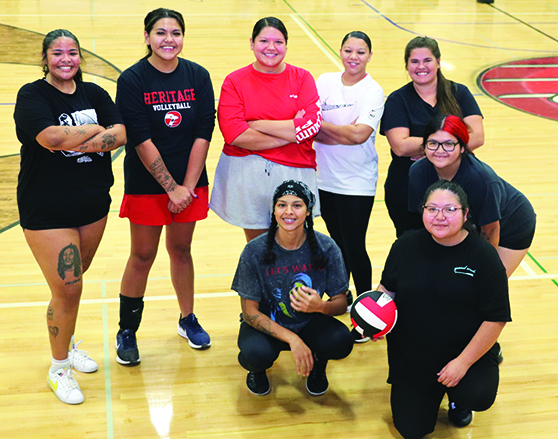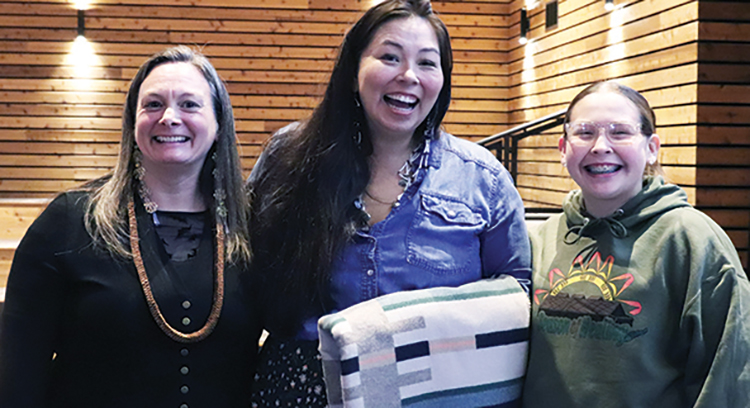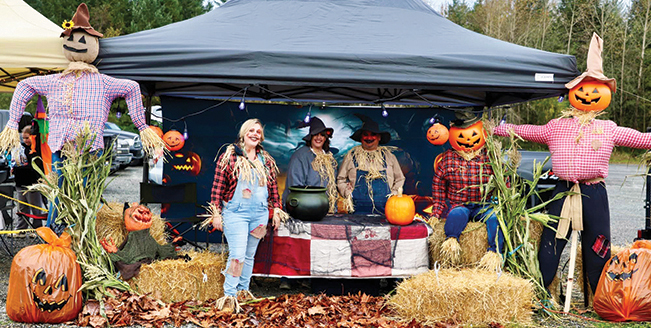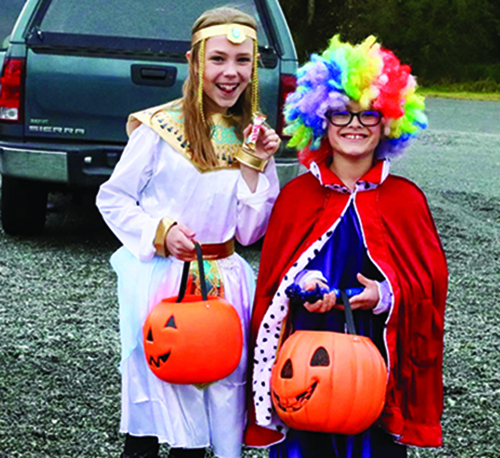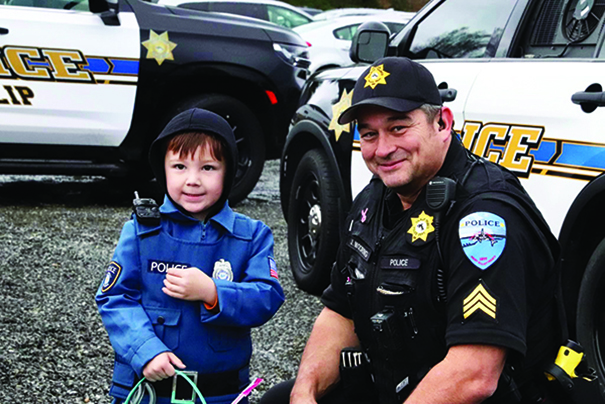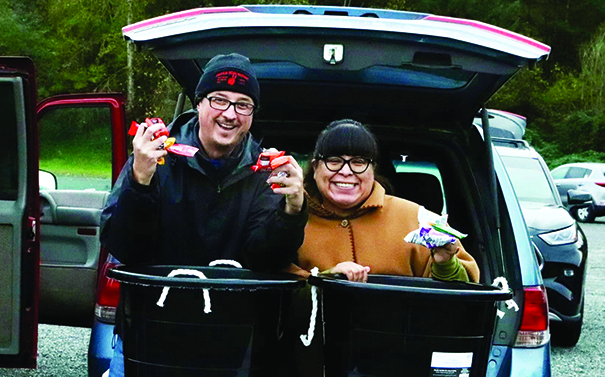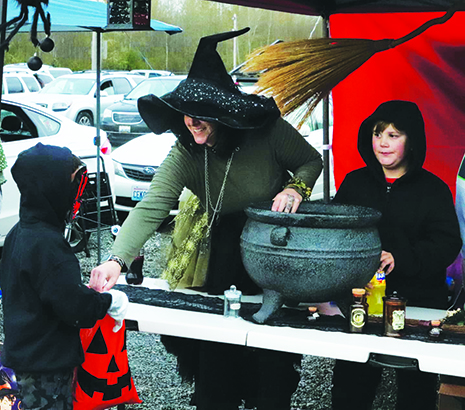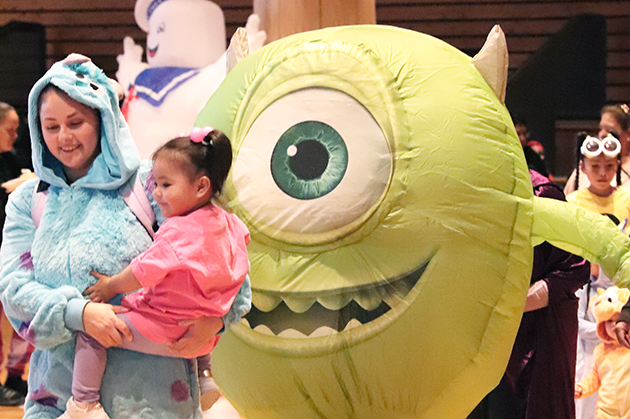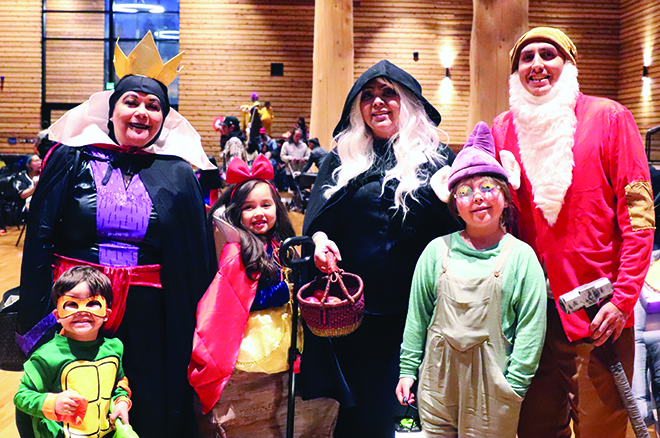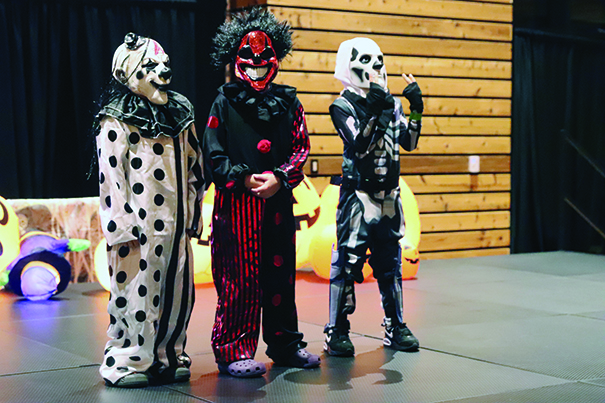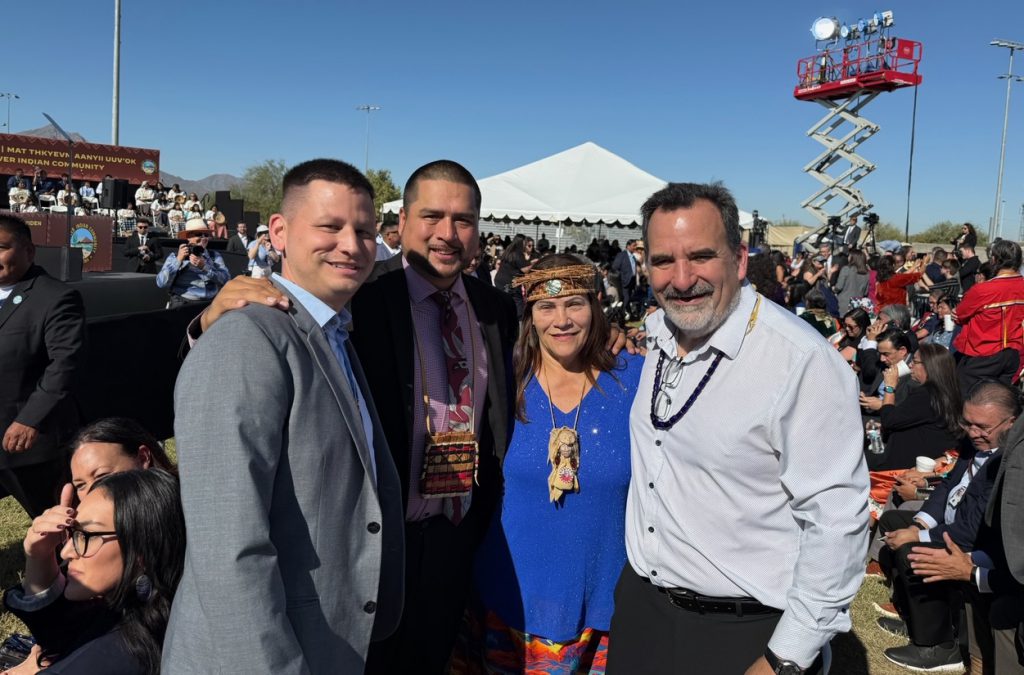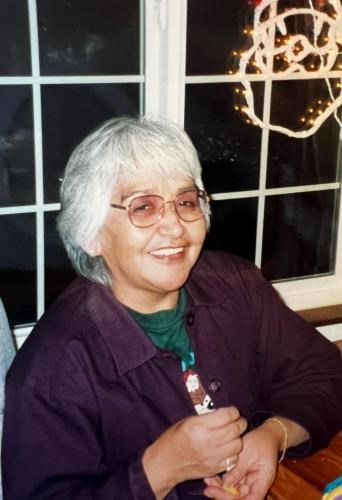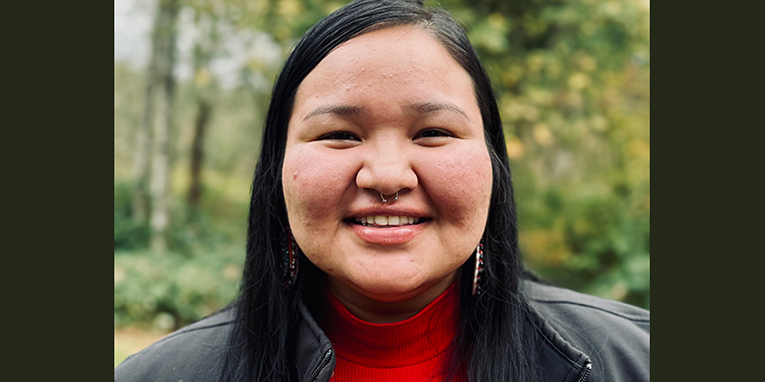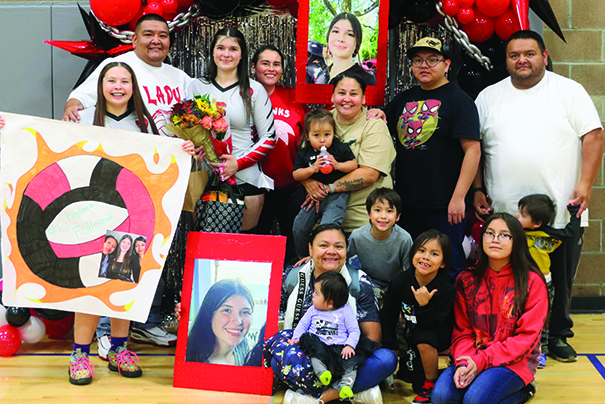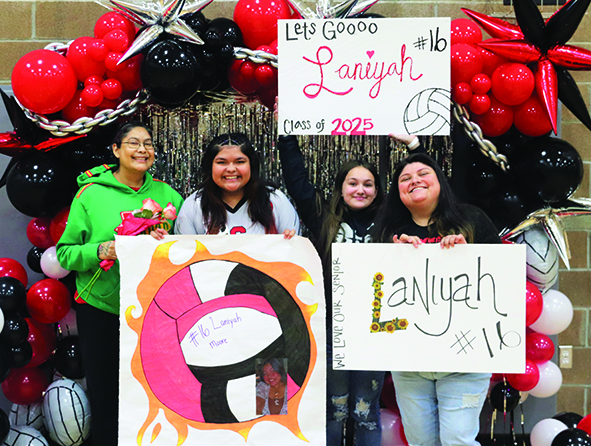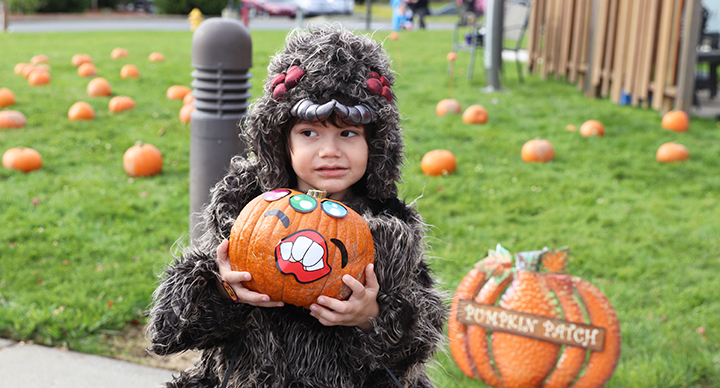
By Kalvin Valdillez, Tulalip News
When thinking of Halloween time, one’s mind typically conjures up ideas that come straight from the cauldron. We’re talking creepy creatures, supernatural spirits, haunted houses, macabre movies, and vile villains. But the Betty J. Taylor Early Learning Academy (TELA) did something quite magical. They took the scary completely out of the holiday with their annual Pumpkin Extravaganza. And when their students, ages birth to five, put on their costumes for the event, they were so cute you could die.

“The Pumpkin Extravaganza is TELA’s annual Halloween event that we put on for our students and families to spread some spooktacular fun,” said Absyde Dacoscos, TELA’s Family Engagement Coordinator. “Our staff puts together fun booths that consist of games and activities for students to do such as cookie decorating, a spooky hallway with glowsticks, and yard games like ax throwing, mini golfing, and shooting baskets at basketball hoops. We even had a face painting and tattoo station!”

Last year, the Pumpkin Extravaganza was held inside the corridors of the academy due to an excessive amount of rain. The 2024 holiday event made its return outdoors on the afternoon of October 25, as the weather was just a typical overcast day in the northwest. TELA’s teachers and staffers setup their activity stations along the school’s drop-off zone, transforming their parking lot into a mini-Halloween-themed carnival.
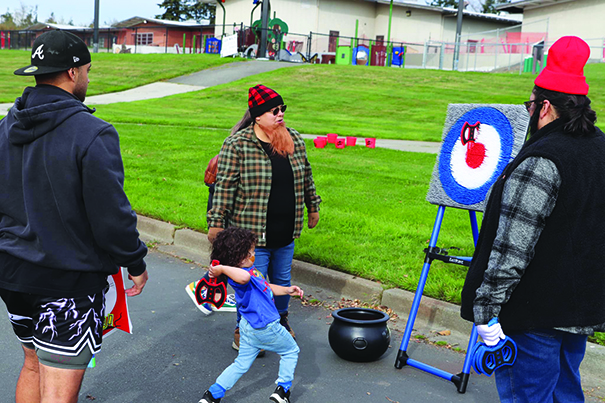
Both the Tulalip Police Department and the Tulalip Bay Fire Department took part in the extravaganza, engaging with the kiddos by distributing candy or playing alongside the students at the game booths. The event’s main attraction is, of course, the pumpkin patch and decorating station. The amount of joy the kids displayed when choosing their orange gourds, and then rushing to customize them with silly face stickers, was as wholesome and heartwarming as it gets.

Absyde shared, “I personally love seeing the kids light up. It’s rewarding to see all of them working together, to play and engage with one another. The event is fun because it gives the staff the opportunity to connect with the students and the families outside of the classroom. We get to all dress up, be silly, dance, and enjoy each other’s company.”

For many of TELA’s students and families, the Pumpkin Extravaganza served as a kick-off to the Halloween festivities around the reservation. If you look closely, you may spot some familiar and adorable faces amongst those in attendance of the Tribe’s community Halloween party and Together We’re Better’s annual Trunk or Treat event, which were all held during the same weekend.

After the kiddos were treated to another entertaining Pumpkin Extravaganza, Absyde reflected on the significance of hosting holiday-focused gatherings for their students. She said, “It’s important for TELA to host these events because it creates memories and moments of bonding for our families and students. And it also helps create positive school experiences for them as well.”

The next event that TELA has planned is their annual Family Feast which is tentatively set for November 21. For additional details, please contact the academy at (360) 716-4250.


